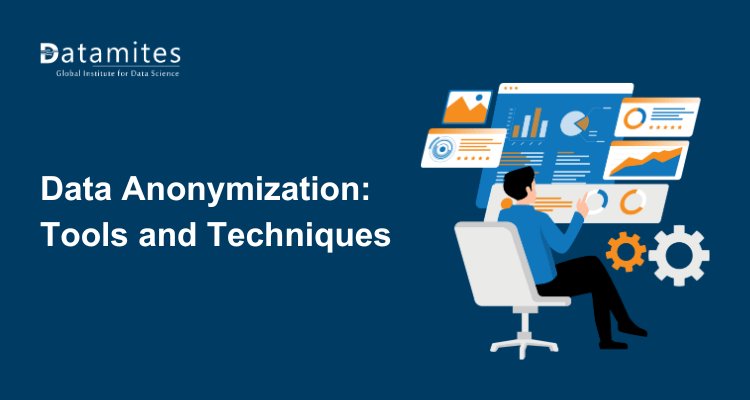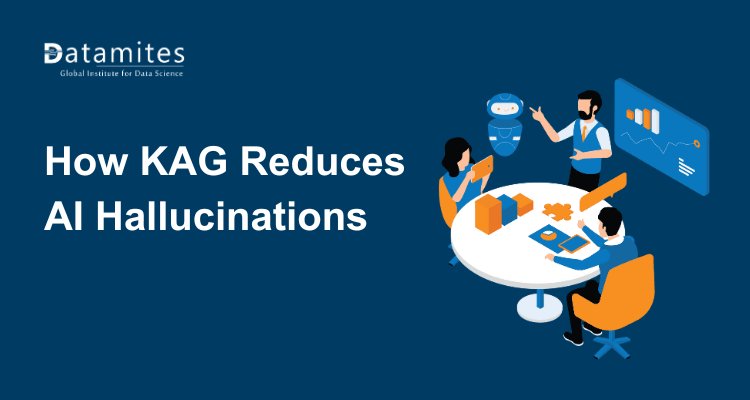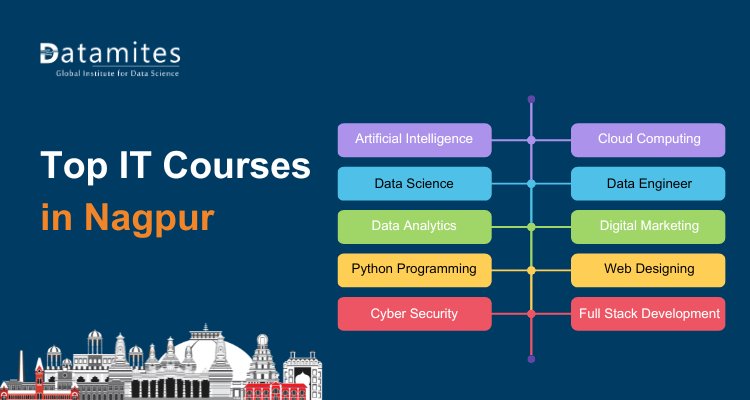Data Anonymization: Tools and Techniques
Explore comprehensive data anonymization tools and techniques to protect sensitive information, ensure privacy compliance, and securely analyze data. Learn methods, examples, best practices, and popular tools for effective data anonymization.

Data has become one of the most valuable assets for organizations across industries. However, as businesses collect and process large volumes of sensitive information, the risk of data breaches and privacy violations has also increased. Data anonymization emerges as a critical solution to protect individual identities while maintaining the utility of datasets for analytics and decision-making.
This article delves into the concept, methods, and tools of data anonymization, providing a comprehensive guide for professionals and organizations seeking to safeguard their data responsibly.
What is Data Anonymization?
Data anonymization refers to the process of protecting private or sensitive information by transforming it in such a way that individuals cannot be identified directly or indirectly. Unlike encryption, which secures data by making it unreadable without a decryption key, anonymization permanently removes or masks personally identifiable information (PII) from datasets, ensuring that the data cannot be traced back to any individual.
This process is essential for organizations that wish to share data for research, analytics, or business intelligence purposes while complying with stringent data privacy regulations such as GDPR, HIPAA, and CCPA. By employing methods for anonymizing data, organizations can minimize the risk of identity exposure and foster trust with customers and stakeholders.
Data anonymization example: Consider a hospital database containing patient information. While doctors may require access to aggregate health trends, individual names, addresses, and contact details can be removed or masked. By anonymizing the database, the hospital ensures that analytics can be performed without compromising patient privacy.
The practice of anonymizing data is also crucial in sectors like finance, e-commerce, education, and marketing, where sensitive customer and employee information is regularly processed.
Refer to the articles below:
- Data Lakehouse: Transforming Analytics with Unified Data
- The Role of Data Stewardship in Data Management
- How to Become a Quantitative Analyst
Data Anonymization Techniques
Data anonymization techniques encompass a variety of approaches to safeguard sensitive data. The choice of technique depends on the nature of the dataset, the level of privacy required, and the intended use of the data. Here are the primary types of data anonymization widely used:
1. Data Masking: Data masking involves replacing sensitive data with fictitious or scrambled values. For example, actual credit card numbers can be masked with random sequences, ensuring that unauthorized users cannot access real information while maintaining the format for testing or analytics.
2. Data Aggregation: Aggregation combines multiple records to present data in a summarized form. For instance, instead of listing individual salaries, an organization can provide average salary ranges for different departments. This technique reduces the risk of identifying specific individuals.
3. Data Perturbation: Data perturbation introduces minor modifications or “noise” into the dataset. By slightly altering values, such as adding a small random number to income data, analysts can work with realistic data analyst trends without revealing exact information.
4. Generalization: Generalization involves replacing specific data points with broader categories. For example, an exact age (e.g., 29) could be replaced with an age range (e.g., 25–30). This anonymizing data method ensures privacy while preserving analytical value.
5. Tokenization: Tokenization replaces sensitive information with randomly generated tokens. The original data is stored securely, while the token can be used for operations like testing or analytics without exposing the actual values.
6. K-Anonymity: K-anonymity ensures that each data entry is indistinguishable from at least (k-1) other entries. For instance, if a dataset has a k-anonymity of 5, any combination of identifying attributes appears at least five times in the dataset, making individual identification difficult.
7. Differential Privacy: Differential privacy is a mathematical approach that adds statistical analysis of datasets, ensuring that the inclusion or exclusion of a single record does not significantly affect the outcome. This method is particularly useful for large-scale analytics and public data sharing.
8. Suppression: Suppression involves completely removing sensitive attributes from a dataset. For example, exact addresses or social security numbers can be excluded entirely if they are not needed for analysis.
These anonymize database methods ensure that sensitive information is protected while maintaining the dataset’s usability for legitimate purposes.
Popular Tools for Data Anonymization
The implementation of data anonymization techniques is made more efficient through specialized tools. Choosing the right tool depends on factors such as the size of the dataset, the complexity of data, and the type of anonymization required. Below are some widely used tools for anonymizing data:
1. ARX Data Anonymization Tool: ARX is an open-source tool that supports multiple anonymization techniques, including k-anonymity, generalization, and suppression. It allows organizations to perform risk analysis and data transformation efficiently.
2. IBM Data Privacy Passports: IBM enterprise-level solution provides advanced capabilities for securing sensitive data across cloud and on-premises systems. It supports tokenization, masking, and encryption while ensuring regulatory compliance.
3. Aircloak Insights: Aircloak focuses on differential privacy, enabling organizations to share data insights without revealing individual-level information. Its advanced anonymization algorithms make it suitable for public datasets and research analytics.
4. SQL-Based Masking Tools: Database administrators often use SQL-based solutions to mask or transform sensitive data within relational databases. These tools allow for controlled data access while anonymizing database entries.
5. Python and R Libraries: Programming languages like Python and R offer libraries such as Faker, SDV (Synthetic Data Vault), and pandas for anonymizing datasets. These libraries enable automation of anonymization processes and integration with data workflows.
Using the right tools in combination with methods for anonymizing data ensures a balance between data privacy and analytical usability.
Best Practices for Data Anonymization
To maximize the effectiveness of data anonymization techniques, organizations should follow several best practices:
- Assess and Classify Data Sensitivity – Classify data based on sensitivity levels to determine which attributes require anonymization.
- Select the Right Data Anonymization Methods – Choose anonymizing data methods based on data type, regulatory requirements, and business objectives.
- Validate the Effectiveness of Anonymization – Test datasets to ensure that re-identification is not possible and data privacy is preserved.
- Preserve Analytical Value While Anonymizing Data – Ensure that anonymization does not compromise the analytical value of the data. Striking the right balance is crucial.
- Continuously Update Anonymization Techniques– As data types and privacy risks evolve, update anonymization strategies to stay ahead of potential threats.
- Document Anonymization Processes for Compliance – Maintain clear records of anonymization methods and transformations for compliance audits and internal governance.
By implementing these practices, organizations can ensure that anonymization efforts are effective, sustainable, and compliant with legal frameworks.
Challenges in Data Anonymization
Despite its advantages, data anonymization comes with certain challenges:
- Balancing Data Privacy and Analytical Utility – Over-anonymization can make data unusable for analysis, while under-anonymization increases privacy risks.
- Risk of Data Re-Identification – Sophisticated techniques and cross-referencing with external datasets can sometimes reveal anonymized identities.
- Difficulty in Anonymizing Unstructured Data – Anonymizing unstructured data, such as emails, social media content, or textual logs, is more complex than structured data.
- Managing Large-Scale Data Anonymization– Implementing anonymization on massive datasets requires scalable solutions and computing resources.
- Navigating Global Data Privacy Compliance – Ensuring alignment with evolving data privacy laws across different regions can be challenging.
Addressing these challenges demands continuous monitoring, advanced tools, and robust data anonymization techniques, enabling organizations to protect sensitive information, leverage analytics, and ensure compliance with evolving data privacy regulations.
Mastering data anonymization techniques and applying effective methods ensures privacy and utility balance. By using advanced data analyst tools and governance frameworks, organizations can securely manage sensitive data, fostering ethical, responsible, and profitable data-driven operations across both small and large-scale databases.
Refer to the articles below:
- How much is the Data Analytics course fee in India
- Data Analyst Career Scope in India
- Mastering Data Analytics in India
DataMites offers comprehensive, career-focused training programs in Data Science, Python, Artificial Intelligence, Data Engineering, IoT, and data analyst courses in Bangalore. The institute provides flexible learning pathways, including online classes, offline sessions, and live internship opportunities, ensuring accessibility for students and working professionals alike. Accredited by IABAC and NASSCOM FutureSkills, DataMites’ courses provide globally recognized certifications that validate learners’ expertise and enhance their professional credibility.
By combining expert mentorship, real-world projects, and portfolio-building support, DataMites data analyst course in Ahmedabad equips learners with the analytical and practical skills required to thrive in today’s data-driven economy. With a strong footprint in major Indian tech cities like Bangalore ,Mumbai, Hyderabad, Chennai, Jaipur, Coimbatore, Delhi, and Kolkata. The institute delivers high-quality data analyst training through both online and classroom modes. This blended learning model empowers students to gain hands-on experience, earn international certifications, and advance confidently in their analytics careers.





